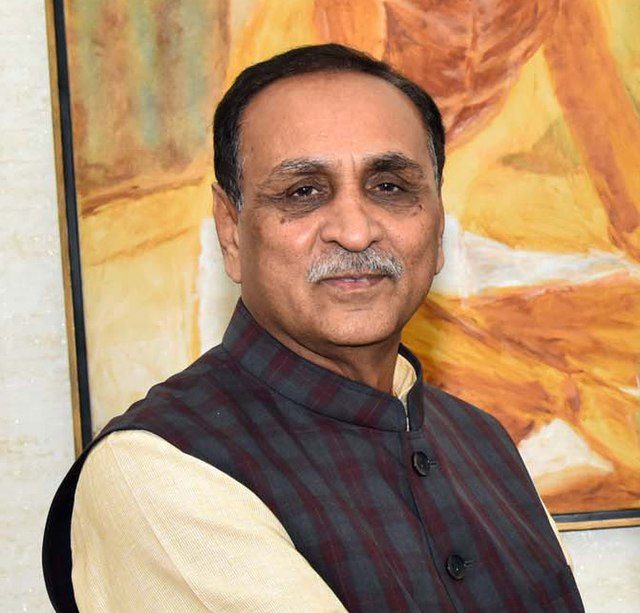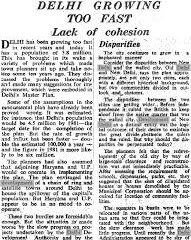The Political Journey of Vijay Rupani

Introduction
Vijay Rupani, a prominent figure in Indian politics, is well-known for his role as the Chief Minister of Gujarat from 2016 to 2021. His tenure was marked by significant developments in governance and public policy, particularly in the areas of infrastructure, healthcare, and education. Understanding his political journey is crucial as it reflects the evolving political landscape of Gujarat and provides insights into the governance strategies employed in one of India’s most economically developed states.
Early Life and Political Career
Born on August 2, 1956, in Rajkot, Gujarat, Vijay Rupani is a member of the Bharatiya Janata Party (BJP). He entered politics at a young age, being actively involved in student politics during his college years. His rise through the ranks of the BJP was notable, especially when he was appointed the party’s spokesperson and later the president of the BJP’s Gujarat unit. Rupani was elected to the Gujarat Legislative Assembly in 2012, representing the Rajkot West constituency.
Tenure as Chief Minister
Rupani took office as the Chief Minister of Gujarat on August 7, 2016. During his tenure, he implemented various schemes aimed at improving the living standards of citizens. His administration focused on the ‘Gujarat Model of Development’, which emphasized infrastructure growth and attracting investments. Noteworthy projects included significant improvements in road networks and the promotion of smart cities. Moreover, Rupani placed an emphasis on healthcare with initiatives like the ‘Mukhyamantri Amrutam’ scheme, providing health insurance to families below the poverty line.
Challenges and Achievements
Despite his efforts, Rupani’s government faced numerous challenges, including the impact of the COVID-19 pandemic, which tested the healthcare infrastructure and governance capabilities. The handling of the pandemic was a crucial determinant of his administration’s popularity. While he received acclaim for various initiatives, he also faced criticism for mismanagement during the health crisis. In 2021, he made the difficult decision to resign as Chief Minister, indicating the changing dynamics within the party and public sentiment.
Conclusion
Vijay Rupani’s political journey reflects the complexities of governance in a rapidly changing state like Gujarat. His focus on development and infrastructure has left a notable impact, but his administration’s challenges during critical periods highlight the volatile nature of political leadership. The future for both Rupani and Gujarat remains uncertain, as political strategies continue to evolve in response to public needs and sentiments. Looking ahead, his legacy will likely prompt discussions regarding effective governance and the responsibilities of political leaders in times of crisis.









